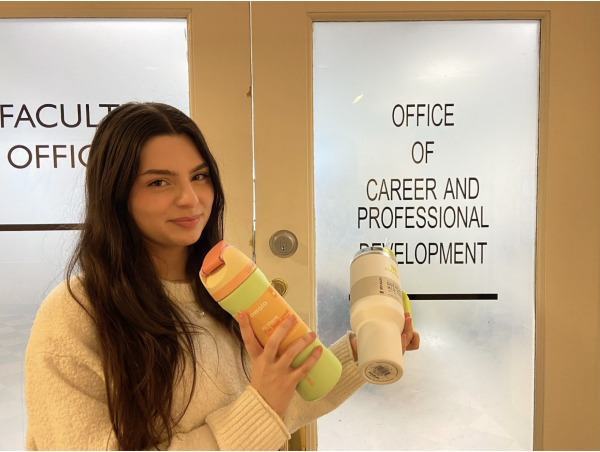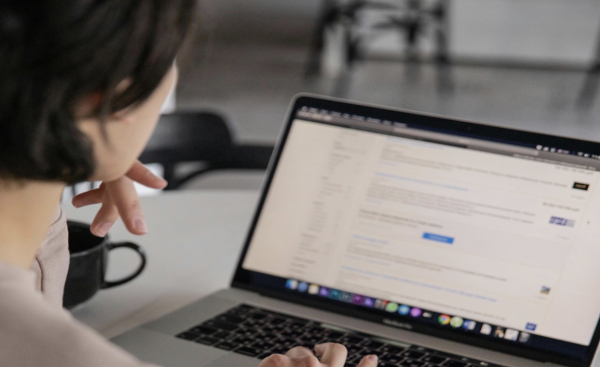3 tips to get through the midterm burnout
Reading Time: 3 minutesThe season is upon us. While we welcome the changing weather of Spring, we also have a lovely meeting with the season of midterms. As students at Marymount Manhattan College, our respective majors and creative outlets are pushing us to work our hardest until the week of rest formally known as spring break. Getting to that point can seem a bit agonizing, but now more than ever, we have to ensure our well-being and take on mid-terms with the strongest mind, body, and soul we can. Prioritizing yourself seems impossible in times of stress, but by doing so, you are setting yourself up for a seamless transition through the halfway point of the semester.
When we as students feel overwhelmed and stressed, it becomes difficult to allow ourselves to relax and not feel guilty for doing nothing. The truth is. Doing nothing and letting our brains take a break, will only set us up for a stronger end result. This brings me to my first tip which is to set aside at least 30 minutes a day for a brain break. Letting the mind run freely for just 30 minutes a day can create a stronger ability to jump back into work with a clear and steady brain. These brain breaks can consist of taking a walk, cooking a favorite meal, or even just taking a nap. The key point is to take a step back from work. The work will get done, but wouldn’t you rather get it done in a way where the effects of burnout don’t settle in and make the process miserable? The work will get done, 30 minutes will not set you back.
Implement the brain break to your next study session and see the results change your motivation and stress levels.
It is really difficult to separate yourself from school when the thought of it is taking up your brain, therefore translating it into your daily schedule and mood. Setting a boundary between study space and personal life is the next tip to avoid midterm burnout. Especially with the current state of our world where for the past two years, we have been working out of our homes consistently, our home workspace becomes a school, study space, and living space. When you can not get out of your space as a physical boundary, setting aside a certain area in your space where you do work can help differentiate between school and personal life. Sitting in your bed with your laptop on your lap may be the most comfortable option, but in the end, that will only make your bed a place of relaxation, a place of stress that correlates with studying, and not with shutting down at the end of the day. If you are able to study at a library or coffee shop that is even better in terms of separation. Prioritize the importance of your own time and recognize how you can put effort into bettering your school and personal life relationship.
The third and final piece of advice I can provide is the power of journaling. How many times have you heard someone say to write down all your frustrations and get them out instead of keeping them in? It may sound repetitive, but the truth is, the power in this skill is such an important one anyone can hold and control. Starting on a blank page after a long day of studying can seem counteractive when you just want to shut down, but when you put pen to paper, the thoughts start running. It can be a really rewarding experience to let go of these thoughts in a productive way. The act of handwriting in and of itself can be a very relaxing way to destress after staring at a screen all day. Before you know it, the daily practice of journaling will become a crucial part of your routine. Morning or night, the time you spend with your thoughts will set you up for a clear mind ready to take on the next challenge.
Take this time of chaos and stress to reflect on what truly makes you feel happy and still proud of what you are accomplishing in ways that are healthy and manageable. It becomes difficult to keep your mind a priority outside of work, but when you do, this time will become the not so dreaded season we call midterms.

Elliott Case is the Editor in Chief here at the monitor! Studying Journalism and Communications, she can’t wait to see where this year takes us. She...









